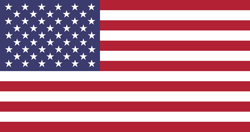Detecting Harmful Web Documents Based on Web Document Analyses
Vol. 12, No. 5, pp. 683-688, Oct. 2005
 10.3745/KIPSTD.2005.12.5.683
10.3745/KIPSTD.2005.12.5.683
Abstract
Statistics
|
|
Cite this article
[IEEE Style]
K. H. Kim, J. M. Choi, J. H. Lee, "Detecting Harmful Web Documents Based on Web Document Analyses," The KIPS Transactions:PartD, vol. 12, no. 5, pp. 683-688, 2005. DOI: 10.3745/KIPSTD.2005.12.5.683.
[ACM Style]
Kwang Hyun Kim, Joung Mi Choi, and Joon Ho Lee. 2005. Detecting Harmful Web Documents Based on Web Document Analyses. The KIPS Transactions:PartD, 12, 5, (2005), 683-688. DOI: 10.3745/KIPSTD.2005.12.5.683.


 Korean
Korean






